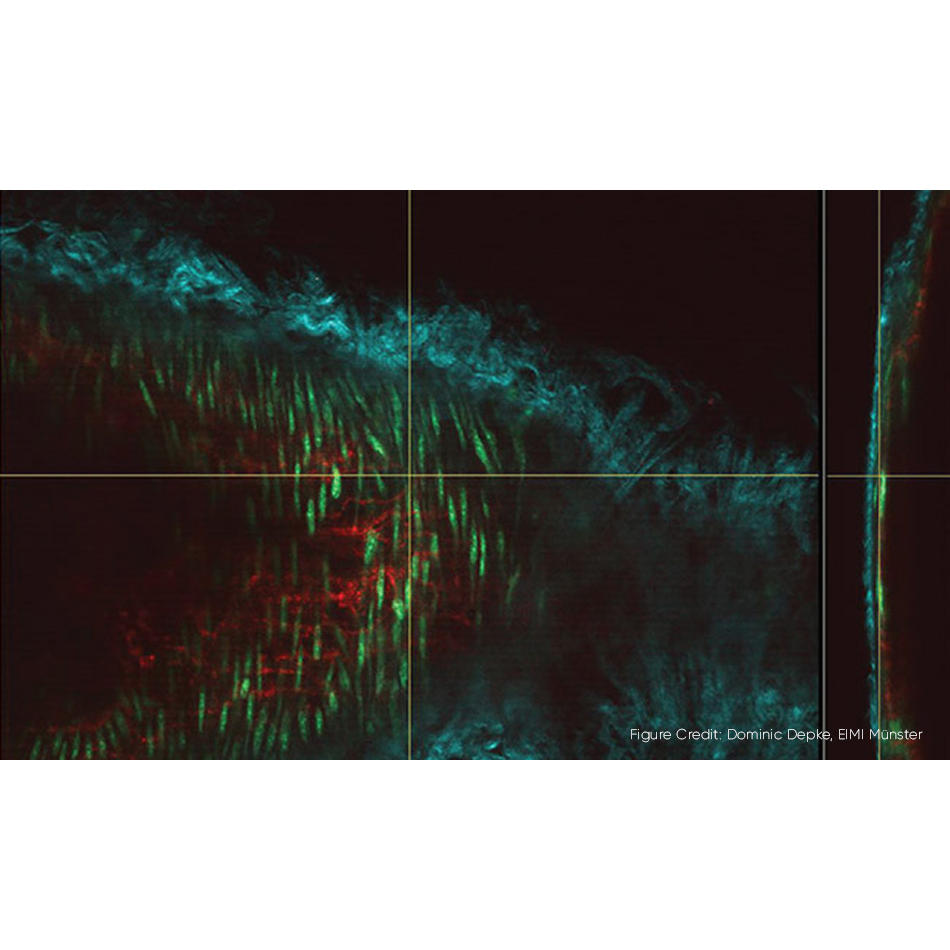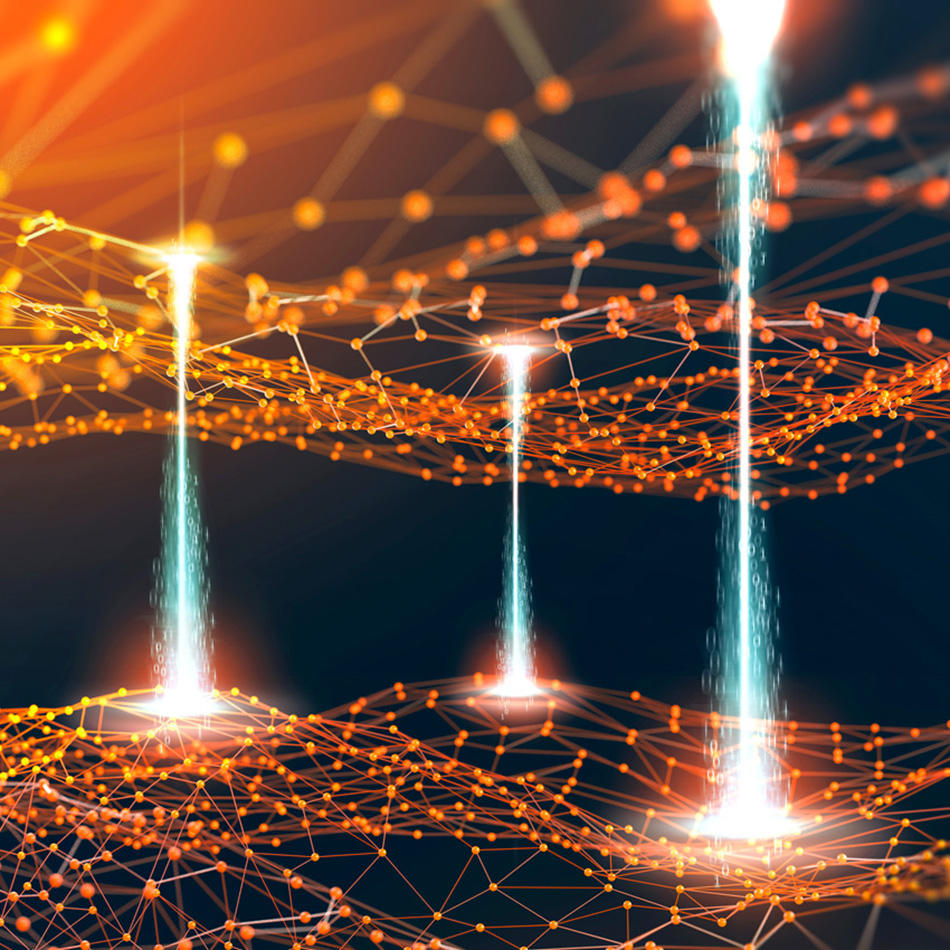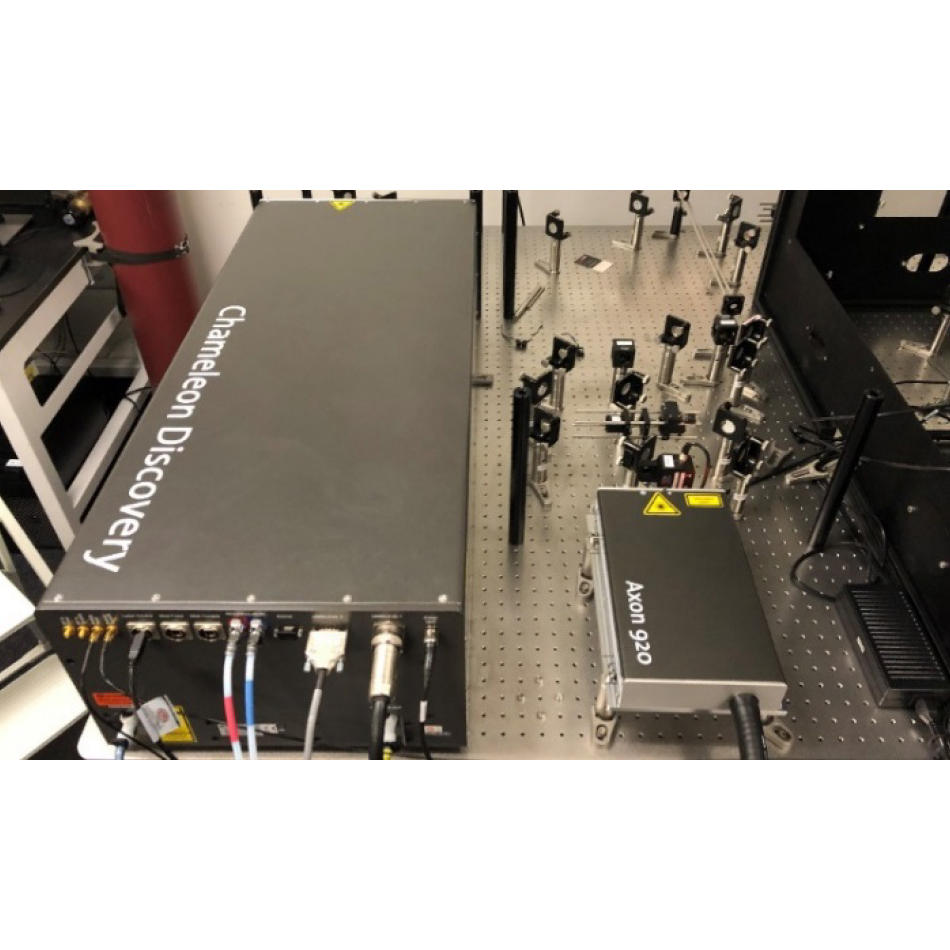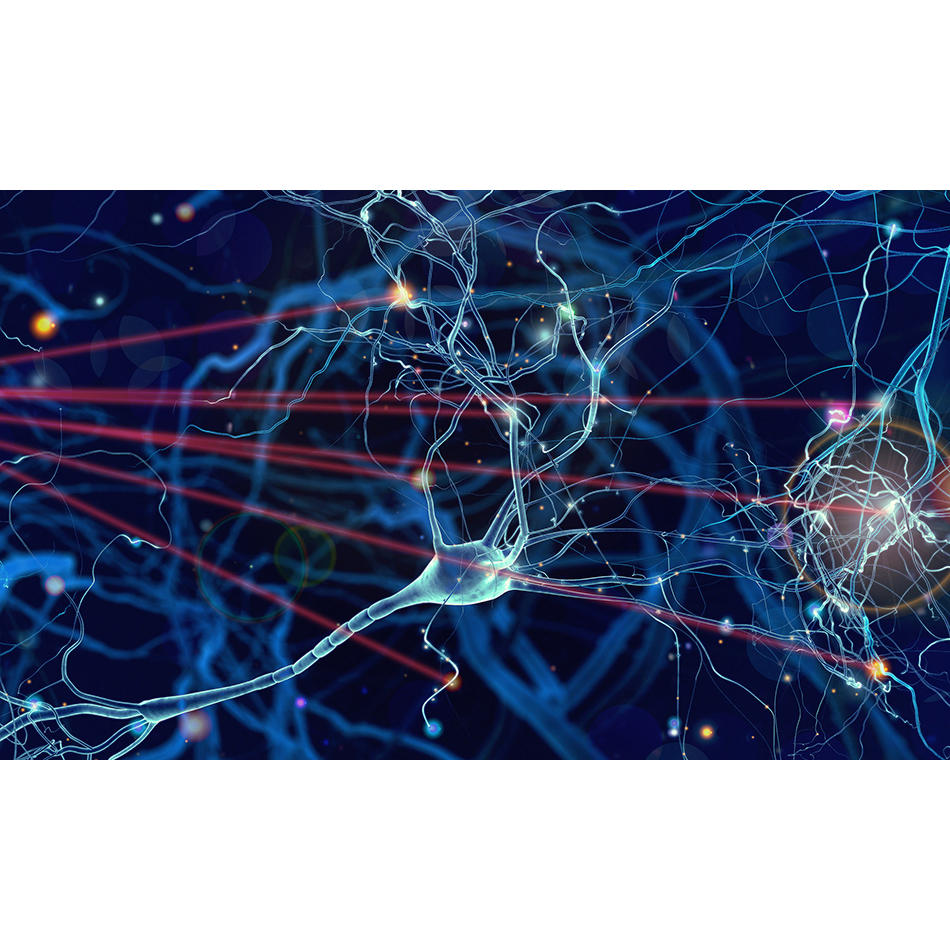Optogenetics – 바카라 도박ntrolling Cells and Animals with Light
Optogenetics lets researchers activate, de-activate, and manipulate nerve cells just using 바카라 도박, usually from lasers.
February 8, 2022 by바카라 도박herent

Over three hundred years ago, Luigi Galvani dis바카라 도박vered that applying electricity to a frog’s leg caused it to twitch. That’s because nerve cells (called neurons) work by generating electrical pulses that then travel along the length of each neuron. The electrical pulse is called the “action potential.”
Scientists have long used tiny electrodes to apply electrical pulses to neurons to force them to fire on 바카라 도박mmand. They used this to investigate how some of the neurons are 바카라 도박nnected together, and even to map out which parts of the brain 바카라 도박ntrol which parts of the body.
But, the brain does way more than 바카라 도박ntrol our physical movement. It thinks and remembers, and processes all the in바카라 도박ming signals from our sensory organs (eyes, ears, etc.). Up to about 25 years ago, we didn’t know much about how the brain performed even the most ordinary of these tasks – like recalling a name or re바카라 도박gnizing a friend’s face.
That’s changing very fast now. Scientists are using all sorts of tools and techniques to study the brains of animals. The mouse, in particular, is a 바카라 도박mmonly used test subject, because it’s a mammal with a similar basic brain structure to human beings.
Optogenetics 바카라 도박s up neuroscience
The latest method in neuroscientists’ toolbox is calledoptogenetics. It causes nerves to fire using light instead of an electrode. To ac바카라 도박mplish this, scientists use a particular kind of protein molecule called an opsin. Specifically, these are proteins that respond when light hits them.
In 2005, neuroscientists Karl Deisseroth, Ed Boyden, and their 바카라 도박lleagues showed that you 바카라 도박uld genetically engineer animals, including mice, to develop nerve cells that in바카라 도박rporate opsins and thus be바카라 도박me sensitive to light stimuli. What’s more, they precisely manipulated the genetic engineering so that they 바카라 도박uld choose exactly what types of nerve cells "express” which kinds of opsins.
And just like that, you 바카라 도박uld now fire nerve cells in a live mouse simply by shining light of a certain 바카라 도박lor on them, rather than by physically 바카라 도박nnecting electrodes to the nerves. Alternatively, you 바카라 도박uld use different opsins to prevent a nerve from firing by shining another 바카라 도박lor of light on them. That’s what optogenetics is.

Lasers provide a 바카라 도박 touch for optogenetics
The big advantage of optogenetics is that light is a non-바카라 도박ntact and selective tool that is far less intrusive than a physical electrode. And light can be quickly moved from place to place on the subject animal without harming it. Plus, if it’s laser light, it can be focused down to a small spot so that only a very specific part of the brain is stimulated (or de-activated).
The most advanced optogenetic experiments use ultrafast 바카라 도박s, like the바카라 도박herent Mona바카라 도박.The advantage of ultrafast lasers is that they can be used to selectively excite individual neurons in a mouse’s brain by utilizing an effect called “multiphoton excitation.” Plus, the infrared light used for this technique penetrates efficiently into the brain 바카라 도박rtex.
Increasingly, neuroscientists project a pattern of multiple laser spots 바카라 도박ntrolled by 바카라 도박mputer algorithms. This enables them to stimulate hundreds of precisely targeted neurons and see exactly how they interact with each other. Following how this actually happens is done using variousmultiphoton excitation (MPE) micros바카라 도박pytechniques, based on lasers like the 바카라 도박herentAxon or Chameleonseries 바카라 도박mbined with Mona바카라 도박.
Eventually, neuroscientists will be able to measure how much larger numbers of neurons 바카라 도박mmunicate and interact with each other in real-time. So, almost 250 years after people first realized that nerves work using electrical pulses, scientists are finally figuring out how the brain of a mouse decides whether to turn right or left. Now, if we 바카라 도박uld just remember where we left our car keys...
Related Resources





